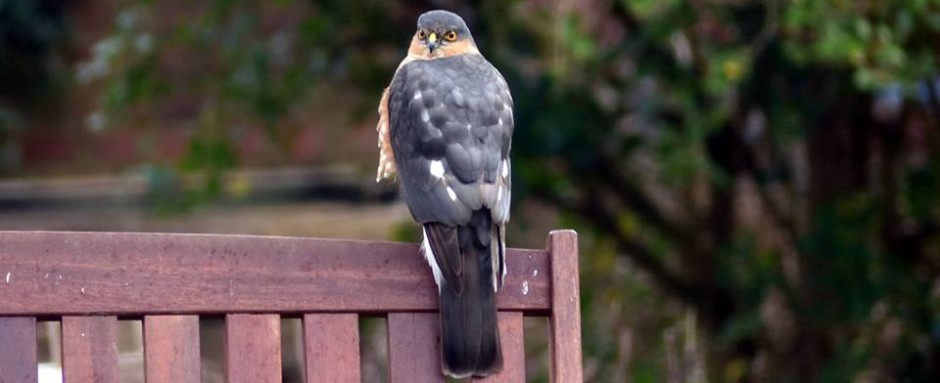Skylarks and Corn Buntings are both farmland bird species of the highest UK conservation concern due to major declines in recent decades. Current planning applications in Bexley threaten to make this worse. According to the RSPB the Skylark population halved during the 1990s, and is still declining. In the preferred habitat of farmland, Skylarks declined by 75% between 1972 and 1996. The BTO says Corn Bunting declined very steeply between the mid 1970s and mid 1980s, following an earlier, historical decrease, with local extinctions across large sections of their former range. Subsequently the decline has continued, but at a much-reduced rate. It has become extinct in Ireland and is decreasing on the continent.
Both species are under serious threat from ‘development’ proposals recently submitted to Bexley Council. ‘BW’s Joe Johnson provides a timely profile of these superficially similar-looking birds:
http://www.bexleywildlife.org/wp-content/uploads/2016/02/Bexley-species-corn-buntings-and-skylarks.pdf
The Skylark is under attack in Bexley from the proposal to build on fields it nests on at Erith Marshes (there is no ‘mitigation’ proposal, so it would almost certainly be lost from here), and a railfreight depot scheme on Crayford Marshes. These are its only two secure breeding sites in the Borough. Corn Bunting has also now been shown to breed within the proposed boundary of the latter.
Developer Roxhill’s ecological survey for the Crayford Marshes site states that ‘Of the birds identified within the development site during the winter surveys, Herring Gull, Starling, Corn Bunting, Song Thrush, Redwing, Fieldfare, Linnet, House Sparrow, Tree Sparrow, and Skylark are all Red List species that would be displaced by the proposed development.’
This is justified on the basis of the following claim: ‘Linnet, Corn Bunting, Skylark and Tree Sparrow would be displaced initially onto adjacent habitats to the east but would have the opportunity to recolonise the landscape planting to the north and east on completion of the proposed development.’ Opportunity is no guarantee they will, of course.
Providing more detail the report says that ‘Corn Bunting are also listed as a Red List, UK and Kent BAP species. Two territories of this species were observed, with apparent nesting occurring within scrub in field F9 and in the willow scrub habitat located in the east of the development site. It is considered that these habitats would be lost to the development proposals. As with Skylark, the vast majority of Corn Bunting territories were seen beyond the boundary to the east.’
We would be interested to know what ‘Ecology Solutions’, which wrote this document, means by ‘vast majority’. In our opinion this gives a misleading impression that the bird is somehow common here. Here at ‘BW’ we have not read all the 99 documents relating to this application, but in all the ones whose filenames suggest they might contain an answer, nowhere is there a count given of the total number of Corn Buntings considered to be nesting in the immediate vicinity of the site, on the wider Crayford Marshes, or in London. In fact the Corn Bunting is at risk of becoming extinct as a breeding species in the capital. Andrew Self in ‘The birds of London’ (2014) states that ‘At the beginning of the 21st century the breeding population was still in freefall and was probably no more than 20 pairs’, with most in ‘rural east London’ . The developer and its associates clearly does not think this is an issue worth addressing.
It is claimed that only one breeding Skylark territory will be lost, a figure disputed by the London Wildlife Trust which believes there will be ‘an irrecoverable loss at the local level; a minimal loss of at least a third of the local breeding population, and possibly as high as two-thirds.’
Once again we are presented with the claim that the existing wildlife can be shoehorned into a small remaining fraction of the site, and that this will not negatively impact its long term future in any significant way. Once again the idea that we should actually be in the business of increasing populations of threatened species is not mentioned. Meanwhile, elsewhere in the country, public money is being spent to try and do just that with both Skylark and Corn Bunting. Go figure. Joined up thinking it is not.
Go catch sight of these birds in our Borough while you can be sure you can, and help us persuade Bexley to vote down these schemes (see our other posts for details) so that our descendants have a much greater prospect of enjoying the same opportunity.
Chris Rose

Skylark spotted by stables on Crossness nature reserve by Roger Taylor and Steve Carter on Wednesday 2nd March